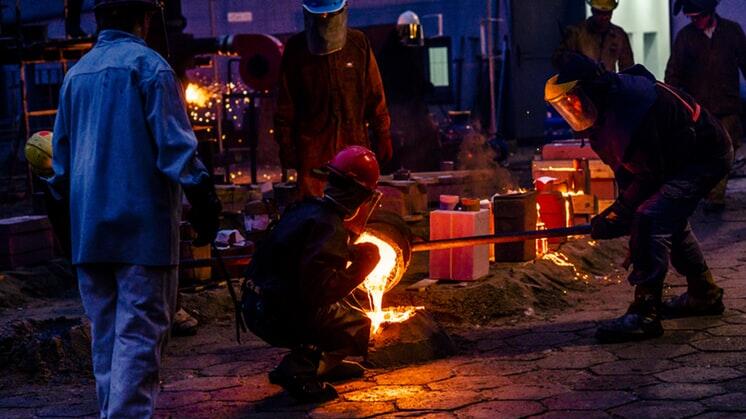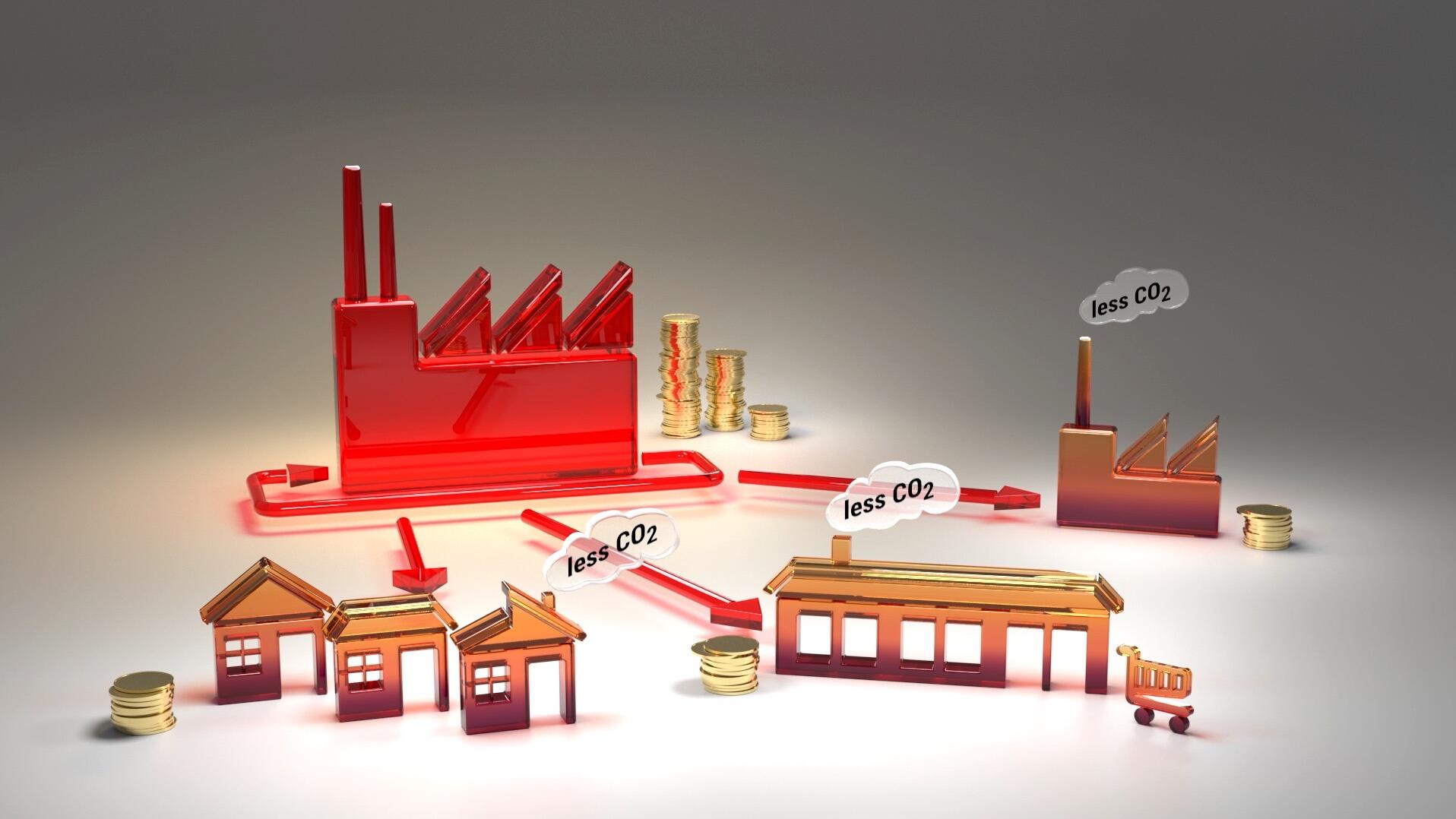 Search Result
Search ResultHow data can increase the re-use of waste energy
A novel platform, to be developed within the project EMB3Rs, will allow everyone in an energy community to explore ways of reusing excess thermal energy on site. Data from a living lab’s cutting-edge…
Read Full articleIreland’s new Renewable Energy Support Scheme (RESS) design
First published here . What does it mean for the renewable industry in Ireland? On Tuesday 24th July, the Government of the Republic of Ireland approved the design of the new Renewable Electricity…
Read Full articleCleantech startups: German utilities bridging the valley of death?
4 reasons why Cleantech startups failed in the past Starting a new company in the energy sector, especially in the clean tech branch, is risky and every so often not successful. Still, in the period…
Read Full articleQ&A: Why cement emissions matter for climate change
A builder directs wet concrete from a cement truck into the foundations of a large building. Credit: Peter Righteous/Alamy Stock Photo. First published here . If the cement industry were a country, it…
Read Full articleHow waste heat recovery will change the landscapes
Each year industries across Europe allow a valuable source of heat energy to simply escape out their chimneys. An EU-funded project called ETEKINA has reimagined a decades-old technology called heat…
Read Full articleIndustry digitalisation from an energy perspective
The digital revolution - 2 page factsheet by the Joint Research Center The digital revolution Digitalisation is the innovative use of information and communications technologies , in particular the…
Read Full articleEnergy Data Insights: The Missing “Smart Step” to Better Building Performance
Following our last article on " Artificial Intelligence in Energy Management Software ", we got many responses from vendors and users alike. Over the next couple of weeks and month we will follow them…
Read Full articleDecarbonisation of industrial heat: The iron and steel sector
Headlines Current primary steel production is highly integrated; incremental efficiency improvements can only further reduce emissions by about 10%. The analysis of scenarios published recently by…
Read Full article5 energy sources you have never thought of
Every day, surplus heat is released into the environment, contributing to global warming and wasting chances of clean energy generation. Opportunities to recover and reuse it can be found in places…
Read Full articleSAP - Air conditioning in building service application
Short case study describing the implementation of a fail-safe and energy efficient air-conditioning at a SAP data center. It includes an integrated pump system ranging from motors, intelligent speed control system to pumps and automation.
Read Full Business Practice







